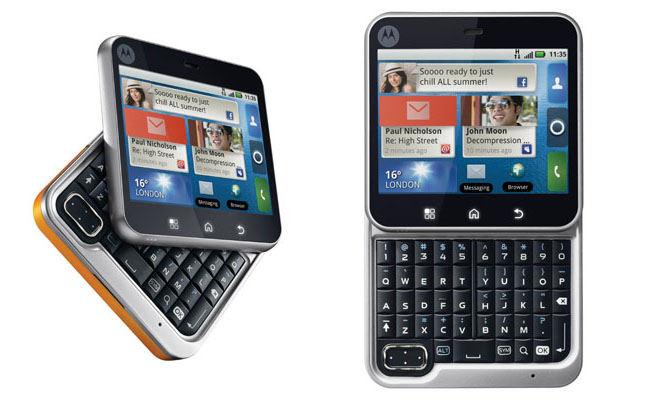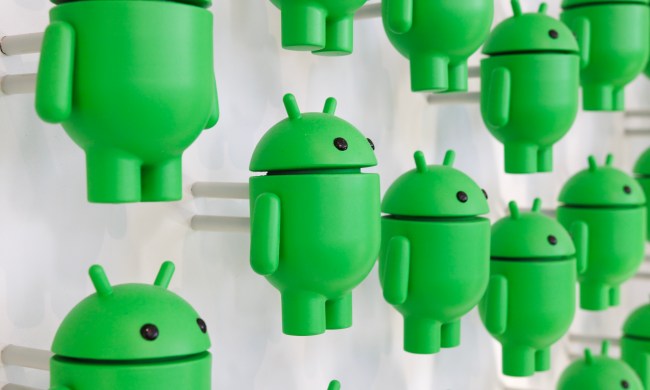At long last, Motorola has formally announced the Flipout, a stylist square-shaped Android phone featuring Motorola’s MotoBlur interface. Although the phone has been rumored for months—in considerable detail—Motorola’s formal launch dots the i’s and crosses the t’s…and still leaves the mystery of when the device might land in the United States.

“Flipout merges Motorola’s design heritage with Android to deliver a new take on the typical smartphone form,” said Motorola’s general manager for mobile devices for Latin America South Antonio Quintas, in a statement. “In an incredibly compact square, Flipout fits neatly in your palm, purse or small pocket, making it fun and easy to stay connected while on the go.”
The square Flipout twists to reveal a full QWERTY keypad for email, social networking, and messaging needs. The device runs Android 2.1 with Motorola’s own MotoBlur enhancements, which has been spiffed up to enable users to resize home screen widgets, handle push delivery of personal and business email, and more. The Flipout features a video-capable 3.1 megapixel camera with Kodak Perfect Touch technology for improved image quality and faster tagging and labeling of photos. The Flipout features a 2.8-inch screen with a 320 by 240-pixel resolution, along with integrated GPS, Wi-Fi and Bluetooth wireless networking, and 512 MB of built-in storage—a microSD slot makes that expandable by up to 32 GB.
Motorola is planning to launch the Flipout in Argentina and Brazil during the second quarter of 2010, with Europe following in the third quarter. It’s not at all clear that Motorola intends to bring the Flipout to the U.S. market at all: the phone would seem to be a natural competitor to social networking-oriented devices like the Sidekick and Microsoft’s new Kin phones, but for now Motorola seems more intent on international markets. The Flipout will be available in a slew of bright colors, including Green, Raspberry, Blue, red, Saffron, White, and Licorice.



